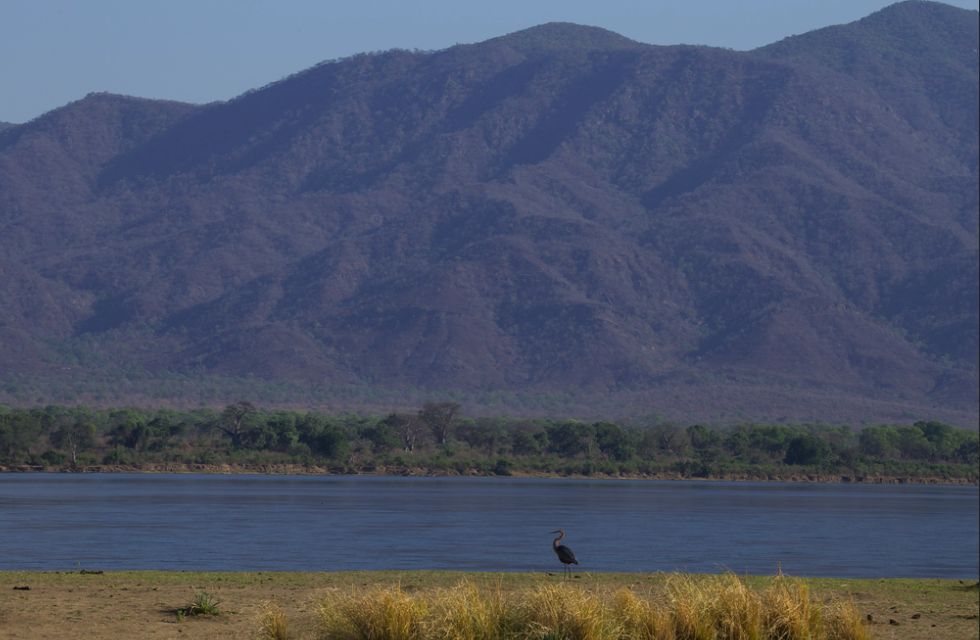What Is Zimbabwe Famous For Around The World
What is Zimbabwe famous for? Ask most people and you'll get a blank stare, maybe followed by "Victoria Falls?" That's about it. Which is honestly a shame, because Zimbabwe has been quietly doing some pretty remarkable things while the rest of the world wasn't paying attention.
Sure, the country has had its challenges, we're not going to pretend otherwise. But what's emerged is a place that's carved out a unique identity through dramatic landscapes, groundbreaking conservation work, vibrant cultural traditions, and art that's making waves internationally.
The Beauty And Variety Of Zimbabwe's Landscapes
Zimbabwe landscapes are the kind that make you question why you've been settling for ordinary views your whole life. This isn't just "pretty scenery", it's geology showing off.
The Eastern Highlands look nothing like what most people picture when they think "Africa." Misty mountains, rolling tea estates, and cool temperatures that actually require a jacket. It's more like Scotland decided to relocate to southern Africa and brought the weather with it.
Then there's the Zambezi Valley, which creates some of the continent's most spectacular river scenery. Victoria Falls gets all the attention (and yes, it's impressive), but the valley along Mana Pools offers everything from gentle canoeing waters to remote wilderness areas where elephants still migrate along paths their ancestors carved centuries ago.
Hwange's landscapes transform seasonally in ways that feel almost magical. Dusty plains become wildlife magnets when the rains arrive, creating one of those "you have to see it to believe it" transformations that nature occasionally pulls off.
The Role Of Wildlife Conservation In Zimbabwe
Wildlife conservation in Zimbabwe has become something of a global case study, and not always for reasons the country would prefer. But here's what's actually happening: Zimbabwe pioneered community-based conservation through the CAMPFIRE program, which gives local communities direct benefits from wildlife protection.
It's a simple concept that took decades to figure out: if people benefit from wildlife, they'll protect it. If they don't, they won't. The program creates economic incentives to conserve rather than exploit, turning communities into stakeholders rather than adversaries.
Zimbabwe's rhino conservation efforts represent one of Africa's most successful recovery stories. From near extinction in the 1990s, both black and white rhino populations have rebounded through intensive protection and community involvement.
The elephant situation remains complicated, Zimbabwe maintains one of Africa's largest elephant populations, and managing human-wildlife conflict isn't as simple as wildlife documentaries make it seem.
And Zimbabwe is again on the leading edge, partnering with African Parks to revitalize the remote and rugged Matusadona National Park.
Conservation in Zimbabwe
Celebrating Culture Through Zimbabwe’s Music And Dance
Zimbabwe’s music and dance have influenced global culture in ways that extend far beyond the country's borders, though you might not realize it. The mbira, a traditional thumb piano, has found its way into world music fusion, while musicians like Oliver Mtukudzi and Thomas Mapfumo brought African sounds to international audiences decades before "world music" became a marketing category.
Traditional dances like the muchongoyo and jerusarema aren't museum pieces, they're living history that connects communities to their roots. These dances tell stories of harvest, war, celebration, and spiritual connection that have been passed down through generations without losing their relevance.
The contemporary music scene blends traditional instruments with modern styles, creating sounds that are distinctly Zimbabwean yet globally relevant. Urban grooves, a uniquely Zimbabwean genre, have influenced music across southern Africa.
Traditional Skills Seen In Zimbabwe Arts And Crafts
Zimbabwe’s arts and crafts represent some of Africa's most sophisticated artistic traditions, though the international art world took its time catching on. Shona sculpture has gained recognition for its innovative use of local stone, with Zimbabwean artists now commanding serious prices in galleries worldwide.
These sculptures blend traditional African aesthetics with contemporary artistic vision in ways that feel both ancient and modern. The artists work with serpentine, springstone, and other local materials that have unique properties, you can't replicate this work anywhere else.
Traditional pottery, basketry, and textile work demonstrate skills that took generations to develop. The intricate patterns and techniques encode cultural knowledge about everything from seasonal cycles to social relationships.
Modern Zimbabwean artists continue to innovate while respecting traditional techniques. The country's art schools have produced internationally recognized artists who work in media ranging from traditional stone carving to contemporary installations.
What is Zimbabwe famous for? It's famous for being a country that refuses to fit into easy categories. From landscapes that defy expectations to conservation programs that actually work, from music that influences global sounds to art that commands international respect, Zimbabwe has earned recognition across multiple fields.
Ready to discover what makes Zimbabwe genuinely special? Next Adventure specializes in Zimbabwe safaris that showcase the country's full complexity. Contact Next Adventure to start planning your journey to this remarkable destination.
#WeTakeSafarisPersonally








